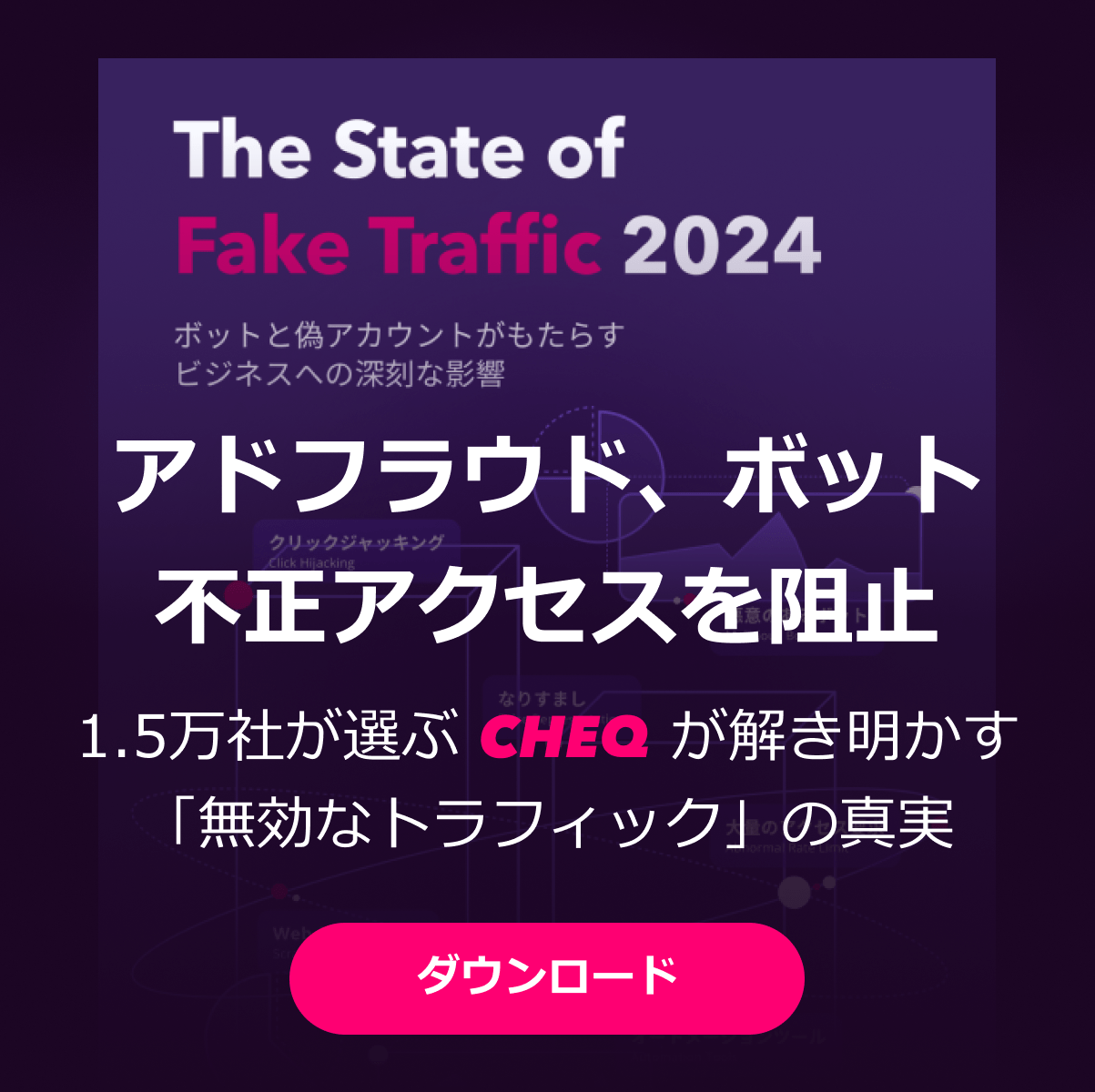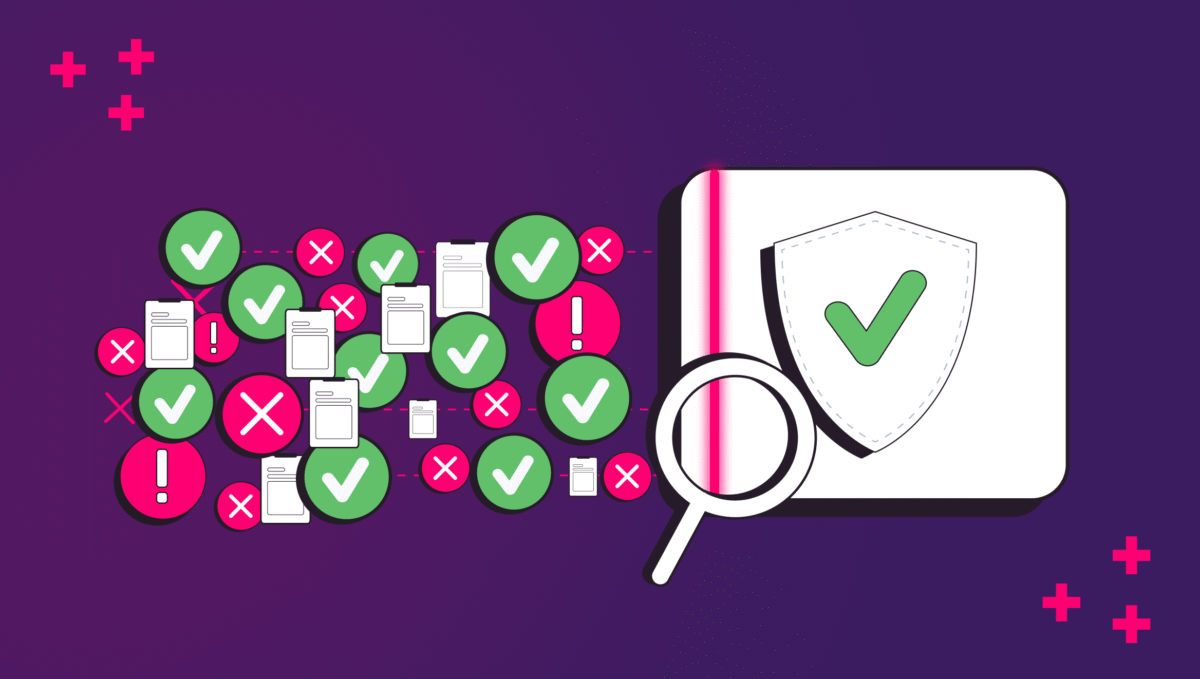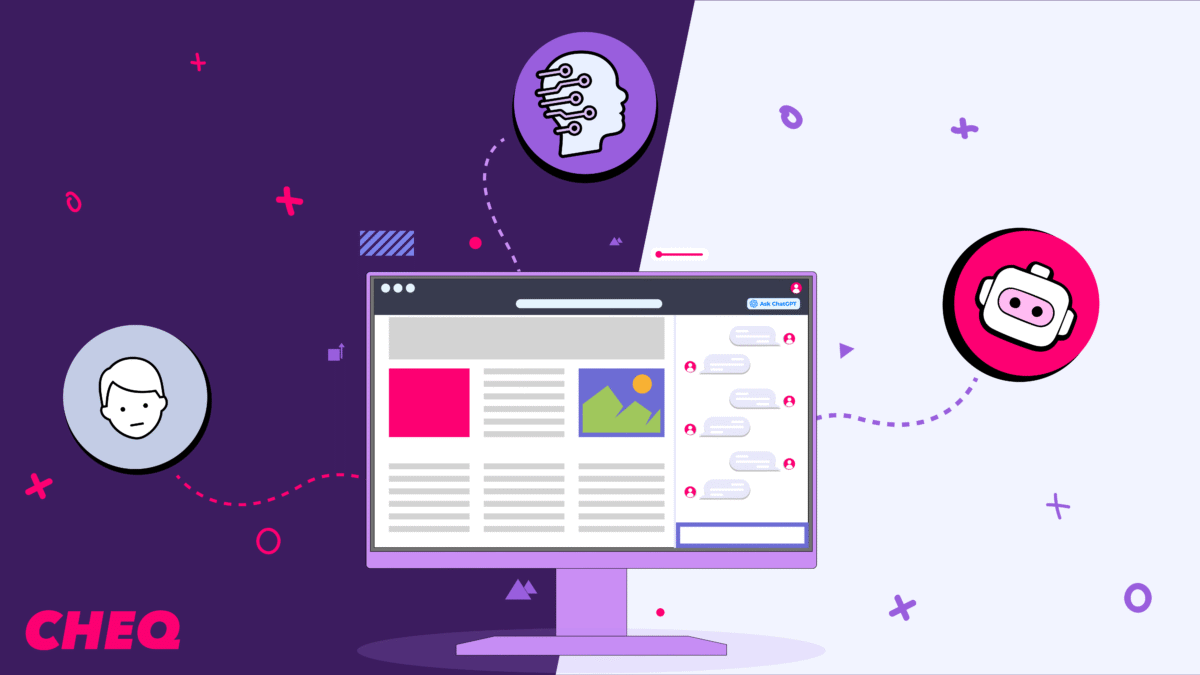8 Reasons You Must Block Bots to Secure Your Website and Data
Sanja Trajcheva
|Website Ops & Security | August 02, 2023

Are you wondering whether you should block bots? Since you’ve come across this article, chances are you’re asking yourself this question, right? And in today’s digital environment, this is a totally legit concern.
Did you know that almost half the traffic online is bot-driven? Yes, that’s right – good bots and bad bots are roaming the web. While it’s expected for a website to receive bot traffic from web crawlers that index its content and make it searchable, there’s a darker side to bots that we need to be careful about.
Bad bots have become a serious problem for marketers and website owners alike. They can drive unwanted and harmful traffic and compromise websites of all sizes. Today, businesses are giving this topic more serious thought, and it’s not without reason. The effects caused by malicious bots can be devastating. These rogue robots are capable of hacking, spamming, spying, and stealing sensitive data from websites.
With this in mind, it’s crucial to be able to distinguish between good and bad bots and, more importantly, learn how to protect yourself from the latter.
Let’s explore together why and how you can block bots from your website.
Why should you block bots?
Before we dive into the techniques that can help you block bots, it’s important to understand the negative consequences they can cause.
Just picture the potential damage that can occur as a result of hacking attempts, spamming campaigns, or spying activities carried out by these malicious bots. The aftermath of such bot attacks can result in severe reputational harm, data theft, financial losses, and significant erosion of customer trust.
Read more about bad bots and the risks associated with them in this article.
By proactively blocking bad bots, your business can secure a multitude of benefits. Let’s take a closer look at some of the most common advantages you can experience.
1. Protect your brand reputation
When bad bots impact your website, they can cause chaos by spamming, posting negative reviews, or spreading false information. They might even pretend to be your company representative or employees, sharing fake news or nonexistent deals, leading to a loss of customer trust and loyalty.
Therefore, blocking these bots means you’ll protect your online presence and the perception your audience holds about your business.
2. Maintain a better user experience
A surge in bot traffic can significantly slow down or even crash your website. The reason for this is that the increased bot activities put a strain on your website servers, which decreases the load speed.
The slow performance makes it difficult for real human visitors to complete desired actions on your site; they face a poor user experience and tend to abandon it.
3. Better site performance
Not only does slow page speed drive users away, but the higher bounce rate also negatively impacts your site performance.
Since visitors are not spending time on your website, this is an indicator that it doesn’t provide quality content. It’s important to mention here that a high bounce rate is not a result just of people leaving your website due to the slow loading speed. Bots also don’t spend enough time on a website or page and are actually the main reason for the high bounce rate.
4. Stay ahead of your competition
Competitors may employ bots to scrape your content or information about your products or services.
For example, they can extract details about your products, specifications, special deals, etc. With all this information in their palm, they can easily adjust their own offerings and gain an unfair competitive advantage.
But if you block these bad bots on time, you’ll make it challenging for competitors to access these insights and steal your customers.
5. Remain compliant
Bad bots pose a threat not only to your website but also put your customers at risk. They can steal sensitive information, such as login credentials or banking details, violating your users’ online privacy.
And we are all aware of how important the topic surrounding the protection of personal information is. In fact, regulatory bodies take this matter extremely seriously and have established data protection frameworks that protect individuals’ cybersecurity.
British Airways, for example, was fined $26m in 2020 due to a data breach for over 400,000 customers. The hackers attacked the BA website and stole customers’ names, email addresses, and credit card details.
So, to remain fully compliant with these regulations and avoid heavy fines, one of your first steps is to keep bad bots away from your website. This way, you’ll also demonstrate your commitment to protecting your customers’ security.
6. Clean and genuine traffic only
Bad bots can skew your website analytics, making it difficult to accurately measure performance and make informed business decisions. By blocking these bots, you ensure that your statistics consist only of real traffic.
Take this example. In your analytics, you are seeing a small group of your website visitors that seem interested but are still not making the purchase. They show similar patterns, which makes you believe something can be adjusted to make them convert.
And instead of staying focused on the genuine visitors, you end up making optimizations for the group of bot visitors.
But if you block bots on time, you won’t be misled by fake numbers and will be able to position your marketing strategy based on genuine traffic only.
7. Boost sales
Consequently, by receiving real traffic only, you’re increasing your chances of attracting more genuine users and converting them into customers.
When your website is free from bad bots that slow it down and harm the user experience, visitors who are genuinely interested in your products or services are more likely to complete a purchase.
8. Cost savings
Bots can consume server resources and bandwidth, leading to increased hosting costs. By blocking bots, you can optimize resource allocation, potentially reducing hosting expenses.
Additionally, you and your team can save time by not analyzing data generated by bot traffic. This prevents you from spending precious time and money on campaign optimizations based on unreliable data that won’t produce actual results.
Signs that indicate bot traffic
Spotting bot traffic is not a simple task to do. However, there are some early signs that can indicate unwanted visitors are coming to your website.
If you notice any of the following signs, it might be time to take some measures to block bots.
Spammy comments on your blog or other pages
Have you ever noticed strange comments that sound phishing or spammy anywhere on your website? If the comment is unrelated to your article or sounds off-topic and unnatural, it’s likely to be spam.
Another hint that can reveal visitors’ nature is their username or email address (although it’s not always the case, as fraudsters are aware of this and are using email addresses and names that look normal). However, if you notice a comment coming from someone with an email address like Heather@mta7.pltn13.pbi.ne, former1@mail.kmsp.com, or some similar strange format, it’s a clear signal of bot activity.
Sudden spikes in your metrics
Regularly monitoring your Google Analytics metrics allows you to spot the presence of bad bots sooner rather than later. These bots typically exhibit distinct patterns that distinguish them from genuine human visitors.
One of the primary indicators is a high bounce rate and low time on site since bots do not engage with websites in the same manner as humans. Additionally, unlike human users, bots tend to browse through a limited number of pages per session.
Another telling sign of malicious bot traffic is the timing of visits. Bots often access websites in bulk, targeting specific times of the day. This irregular traffic pattern can be a red flag. Moreover, pay attention to traffic originating from locations that do not typically generate visits or sales and seem to be coming from the same IP addresses.
To wrap it up, any unusual pattern in these metrics is your sign to block bots:
- Unusual high traffic volume
- High bounce rate
- Irregular traffic spikes
- Unusual location
- A single channel contributes to a large number of sessions or users
- A surge in visits from the same IP addresses
Fake leads
Watch out for spikes in leads or form submissions from email addresses that look spammy. The leads generated from your website can reveal bot activity, as bots often fill out forms with fake information and use fake email addresses.
Another thing to keep in mind is that if you receive a bunch of new leads within a short time span, it’s usually also a red flag for bots on your website.
Unusual user behavior patterns
Bots often exhibit distinct patterns in their behavior, such as following predictable paths, clicking on specific links, or performing repetitive actions.
One effective method to detect anomalies that are uncommon for human visitors is by analyzing mouse movements. Bots usually demonstrate quick and smooth movements with straight paths. Humans, on the other hand, tend to make more curved and irregular paths.
Quick-form submissions in just a fraction of a second are also unnatural for humans. Bots do this automatically, so it is not uncommon for them to submit a large number of forms in a short period of time.
Additionally, repetitive clicks on certain buttons or a high number of failed login attempts are also indications of bot activity.
How to block bots from your website?
There are many techniques that can be used to block bots from visiting a website. Some of the most common techniques that you should consider are:
CAPTCHA
CAPTCHA (Completely Automated Public Turing tests to tell Computers and Humans Apart) is a challenge-response test used to determine whether the user is a human or a bot. Based on the response, the form can prevent bots from registering for accounts, submitting forms, or accessing certain parts of your website.
Due to the more sophisticated methods that fraudsters use, some bots are capable of bypassing CAPTCHAs. To avoid this, try using more advanced CAPTCHA formats, like audio CAPTCHAs, math CAPTCHAs, or ReCaptchas.
IP blocking
IP blocking is a technique that allows you to block bots by their IP address. This can be effective if you know the IP addresses of the bots targeting your website or if you’ve spotted suspicious IP addresses in your analytics.
However, it is important to note that IP addresses can be easily changed, so this technique is not always foolproof.
HTTP headers
HTTP headers are codes that transfer information between a client (or browser) and a server. Basically, they are the communication link between the server and the browser and work in both directions.
As such, HTTP headers can play a significant role in website protection and can be used to control access to your website. For example, you can use HTTP headers to block bots from accessing certain files or directories on your website.
Set rate limits
Apply rate limits to certain actions on your website, such as login attempts or form submissions. This prevents bots from overwhelming your server with excessive requests.
Bot management solution
Consider employing third-party bot detection services, like CHEQ Essentials, that can ensure full protection. These programs use a combination of techniques to identify and block bots, such as analyzing the users’ behavior, suspicious IP addresses, browser fingerprints, etc.
Bottom line
Remember – while blocking bots is essential, it’s equally vital to avoid overblocking legitimate users. Be cautious not to create barriers that limit real visitors and customers from accessing your website.
The best technique for blocking bots will depend on the specific type of bots that are targeting your website and your budget. If you are only concerned about a small number of bots, you may be able to use a simple technique like CAPTCHA.
However, if you are concerned about a large number of bots targeting your website, you may need to use a more sophisticated technique like a bot detection and mitigation software solution.
CHEQ Essentials is one of the leading bot management solutions used by over 14,000 companies worldwide. It will help you block bots effectively by keeping good bots and legitimate visitors in and blocking bad bots in real-time.
Sign up for a free trial and get a sense of the extent of bad bots attacking your website














